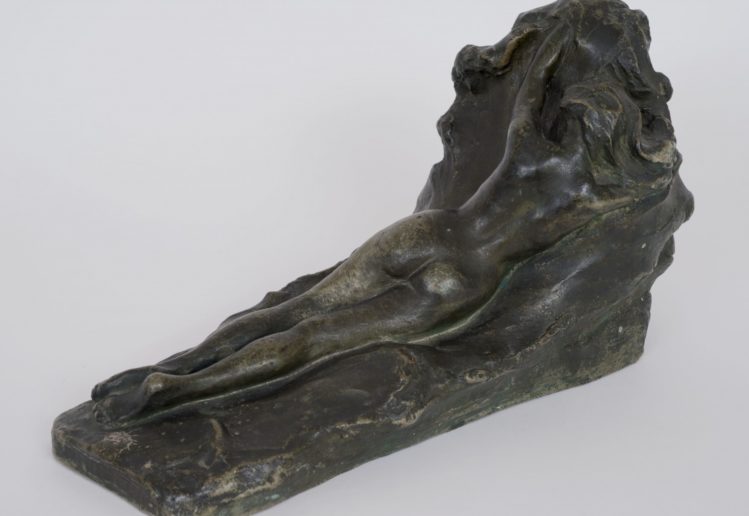Within the field of American sculpture, barriers have historically inhibited women’s participation and achievement. The very act of shaping durable substance into aesthetic form is a physically demanding practice—one that had, since antiquity, been reserved as the purview of muscular male artisans. This was especially true in the American South, where notions of feminine propriety persisted through the first half of the twentieth century. Kentucky sculptor Enid Yandell first garnered international attention after her monumental Pallas Athena, standing over forty feet tall, was exhibited at the 1897 Tennessee Centennial and International Exposition. Her command of classical subject matter is also evident in this portrayal of the Greek mythological character Ariadne. Yandell saw promise for future generations of women sculptors, remarking in 1924: “Yes, I think it is a lovely occupation for women, if they have love for form.”

